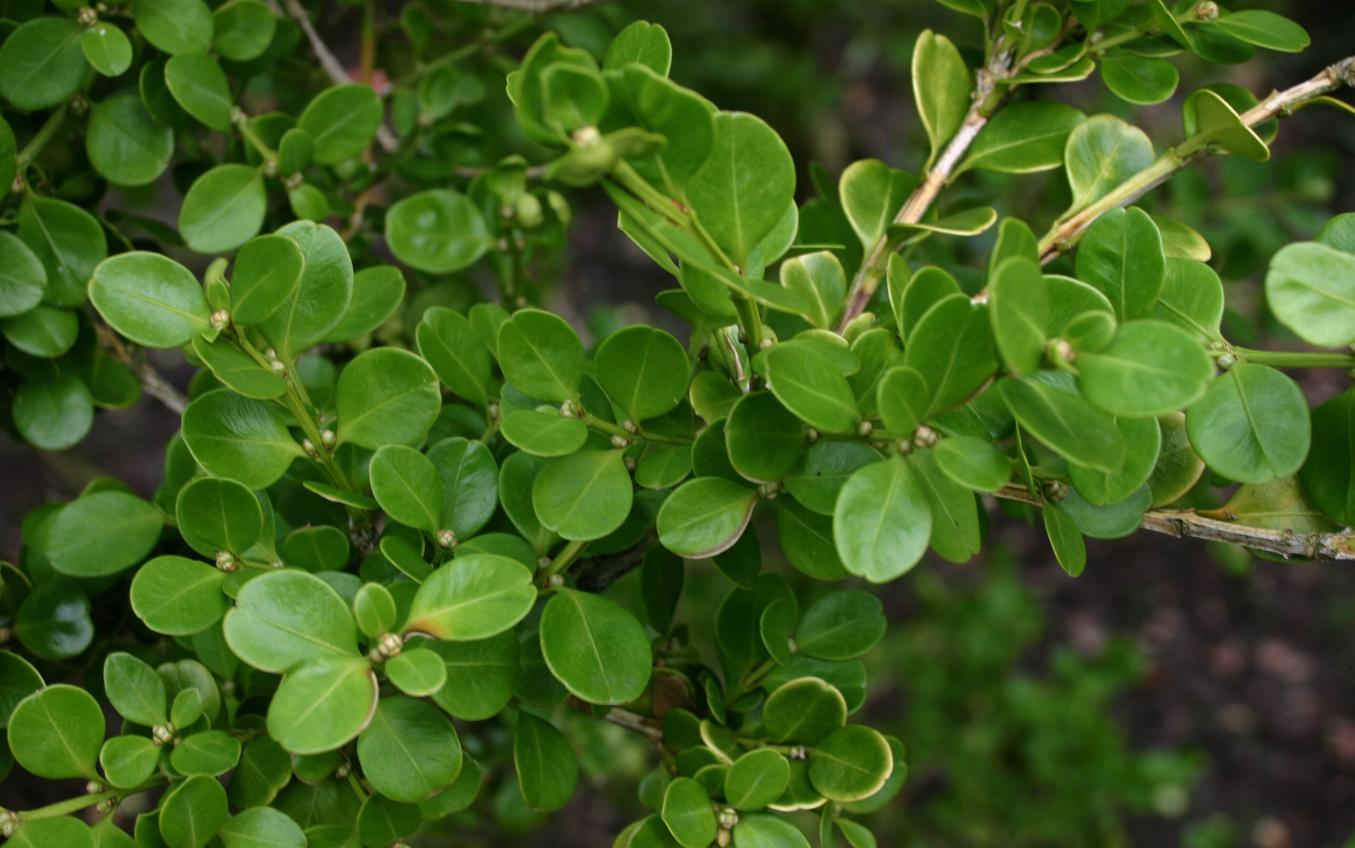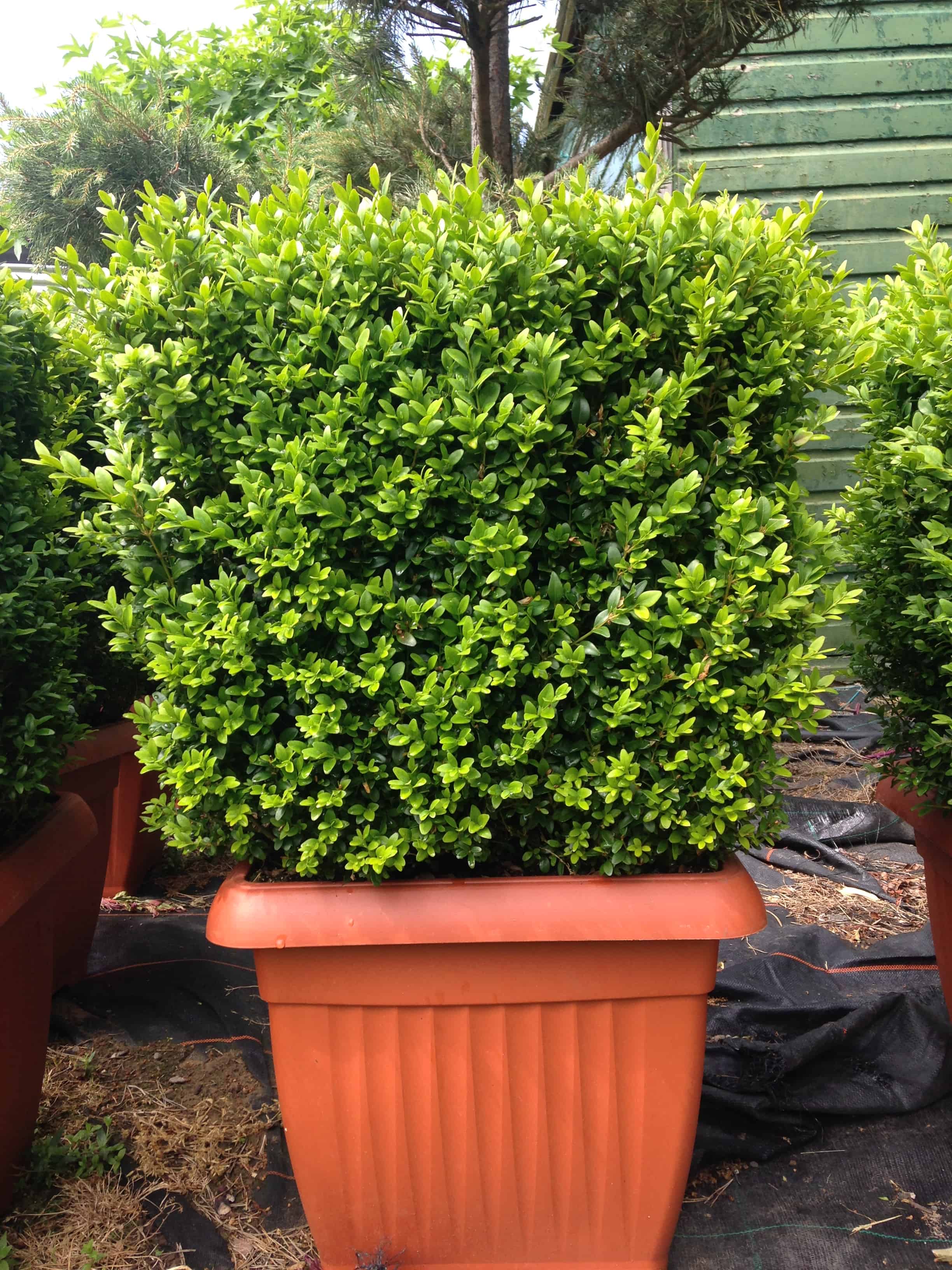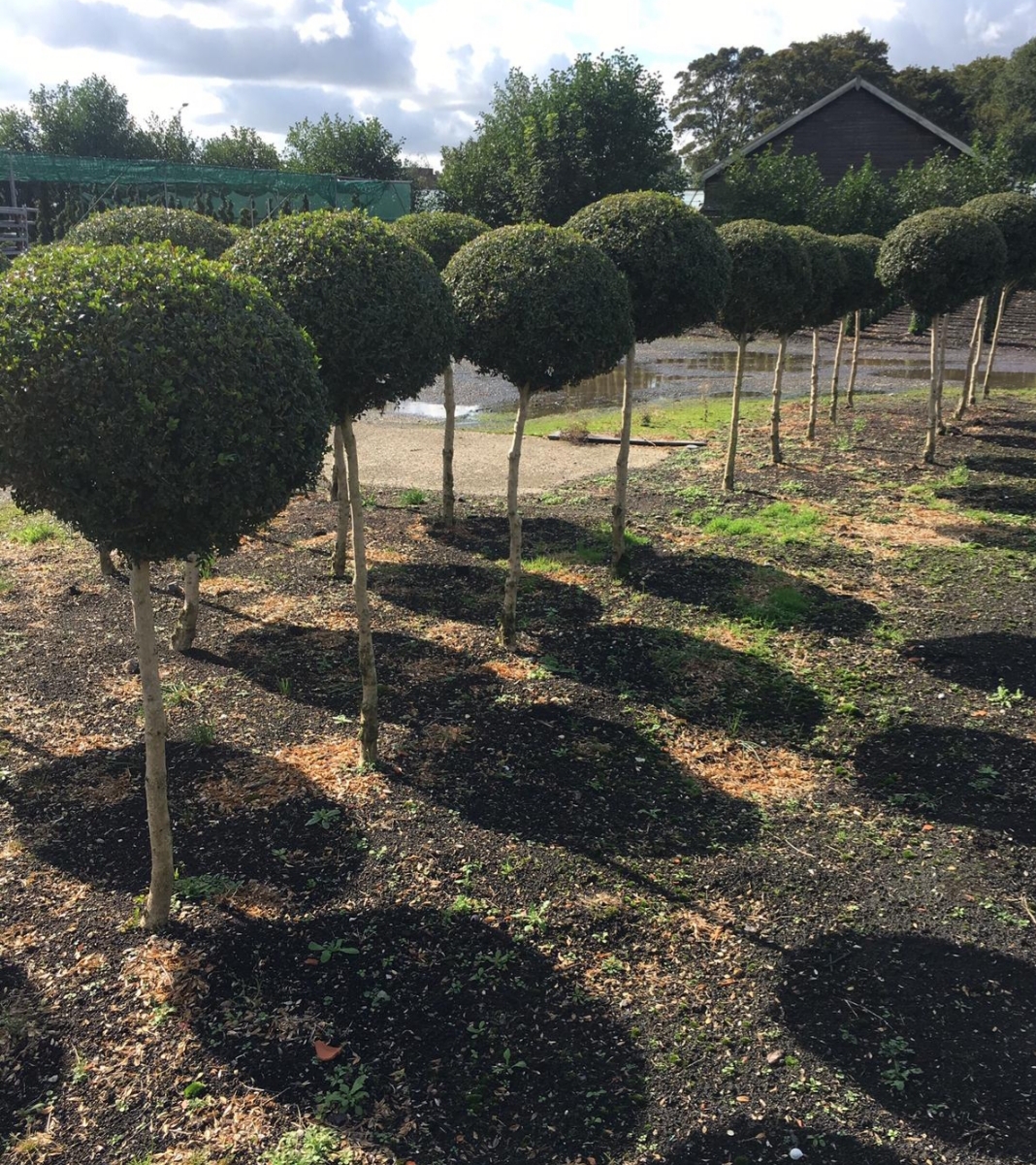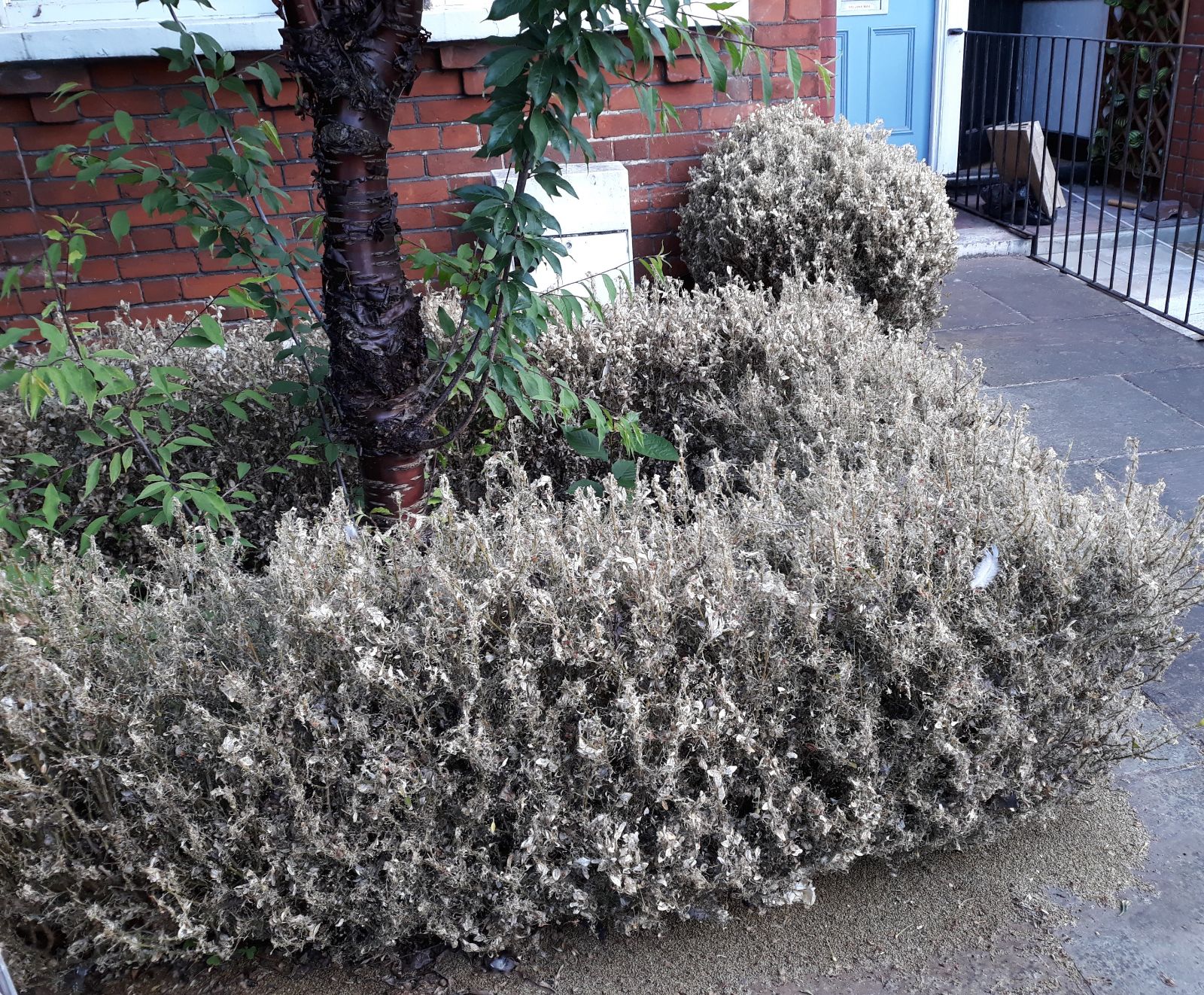First Class Tips About Large Buxus Trees

Growing guide how to grow box all the information you’ll need to grow and care for box in your garden.
Large buxus trees. Quick facts common names: Common box, box, european box scientific name: A range of buxus (box) species and varieties, for hedging, topiary, specimen shrubs/small trees.
However, it is more often used to grow a manicured hedge. Photinia red robin photinia red robin. Buxus (buxus sempervirens) is an evergreen small tree or shrub, often used to decorate and beautify gardens.
Box we recommend buxus sempervirens 'elegantissima' (v) box. Boxwood species vary in appearance, from large trees to dwarf shrubs. It is the most common plant used for the horticultural.
They are small in most. We work closely with a small number of reputable growers to source and supply healthy. This species is native to parts of asia, africa, and europe.
Buxus sempervirens is an evergreen shrub or small tree growing up to 1 to 9 m (3 to 30 ft) tall, with a trunk up to 20 centimetres (8 in) in diameter (exceptionally to 10 m tall and 45. There are over 100 species, hybrids, and cultivars in the buxus genus, varying in such characteristics as height, shape, growth rate, leaf size, heat tolerance, cold tolerance, lighting preferences, resistance to pests and diseases, and salt tolerance. Buxus fastigiata is a 5 to 8 foot (1.5 to 2 m.) tall specimen 'dee runk' may grow 8 feet (2.5 m.) tall with a slender profile of only 2 ½ feet (75 cm.).
Includes different leaf sizes and colours and variegated forms. The leaves are opposite, rounded to lanceolate, and leathery; Common boxwood buy, lower mainland.




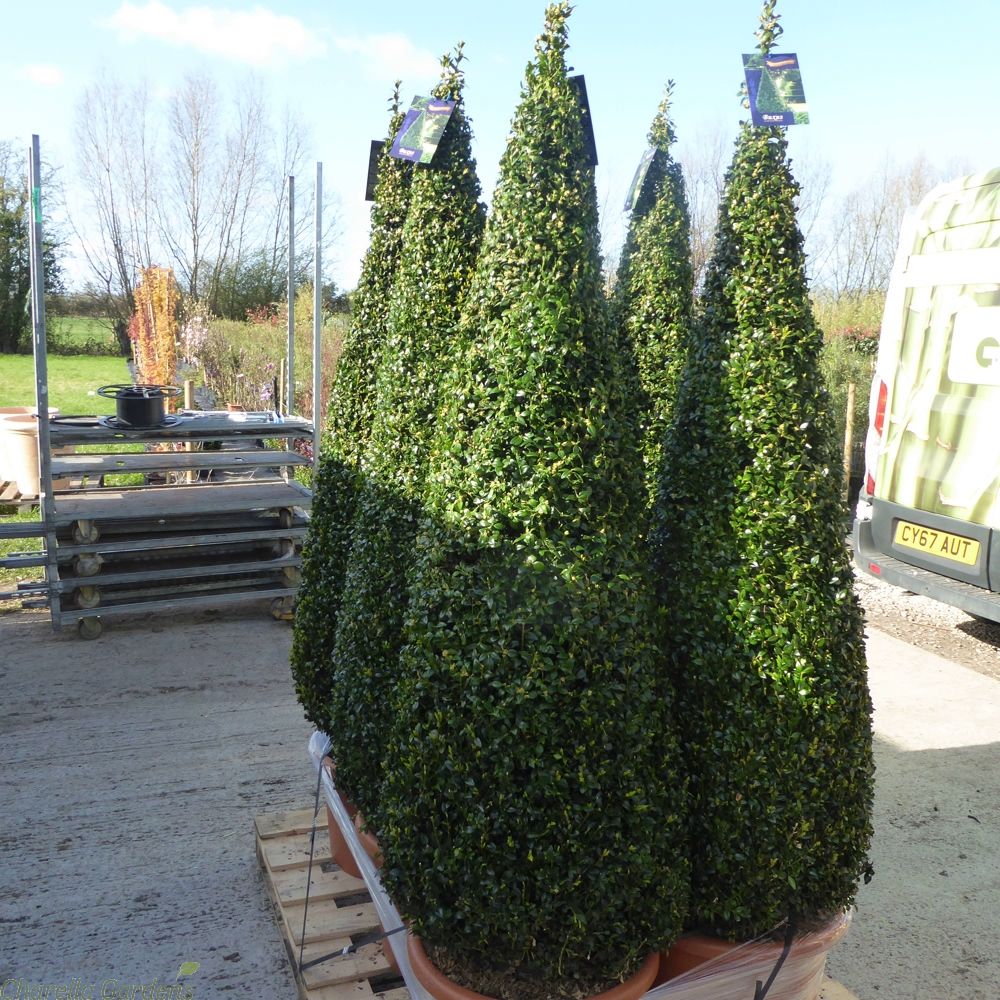
:max_bytes(150000):strip_icc()/buxus--buxus-sempervirens--hedge-bordering-gravel-path-135587970-5a69134b3de423001a6c82b9.jpg)

